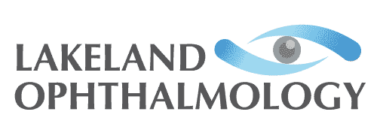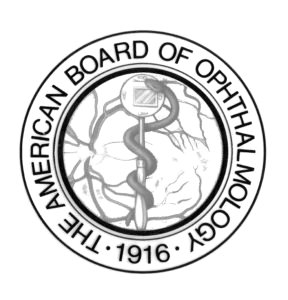Glaucoma is a leading cause of blindness in the U.S. It typically occurs when the pressure inside the eye rises, resulting in damage to the optic nerve and vision loss in severe cases. Open angle glaucoma often develops over many years without causing pain or symptoms. Patients may not experience any signs of vision loss until the disease has progressed to a severe stage.
Some symptoms of glaucoma that may occur can include:
- Blurred vision
- Loss of peripheral vision
- Halos around lights
- Painful or reddened eyes

Risk factors for glaucoma include:
- Age > 40
- Diabetes
- Near-sightedness
- Far-sightedness
- African-American race
- A family history of glaucoma

Those at risk for a closed angle glaucoma attack will be assessed with gonioscopy and anterior segment scanning laser imaging (OCT). To prevent an attack of narrow angle glaucoma, prophylactic laser peripheral iridotomy is performed.
To detect and monitor glaucoma, Dr. Hirschfeld will check visual acuity, perform visual field testing, measure the pressure in the eyes, utilize gonioscopy to check the drainage outflow channels, monitor serial optic nerve photography, as well as utilize sophisticated scanning laser technology imaging and analysis (OCT) of the optic nerve and macular ganglion cell layer. Regular eye exams are critical to monitor the health of the optic nerve to continually assess whether glaucoma is present and if there is evidence of progression.
Once diagnosed, glaucoma can be treated, and further vision loss can be prevented. Treatments to lower the pressure in the eye include non-surgical methods such as prescription eye drops and medications, laser treatments, and surgery.

To learn more about glaucoma or to make an appointment, call us at 973-588-7005.






